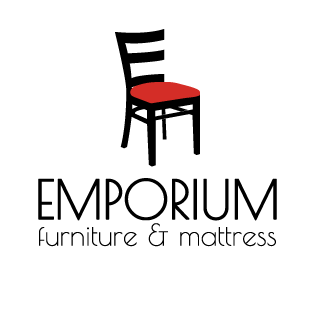
Get In Touch
Find Us
Emporium Furniture & Mattress
502 1st St. NE; PO Box 502
Buffalo Center, IA 50424-0502
1930s: Innerspring mattresses become widely used. Encased coil spring mattresses, which consist of individual springs sewn into linked fabric bags, are introduced.

Emporium Furniture & Mattress
502 1st St. NE; PO Box 502
Buffalo Center, IA 50424-0502